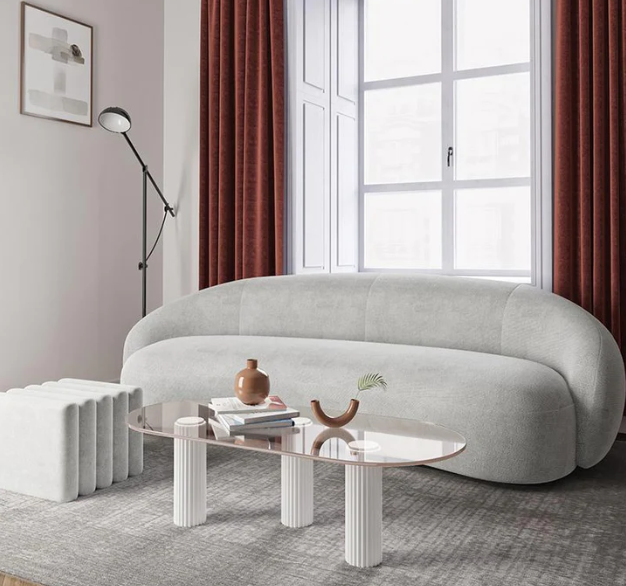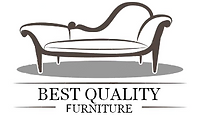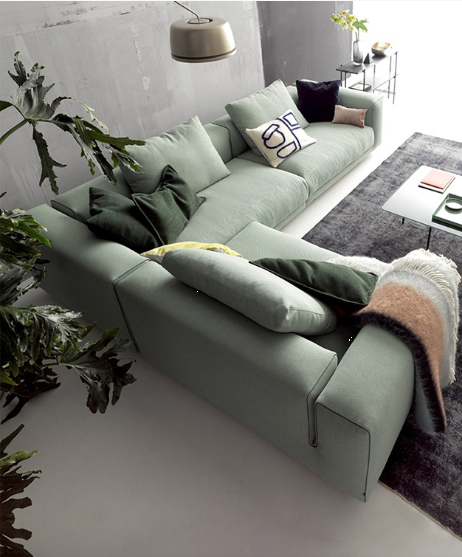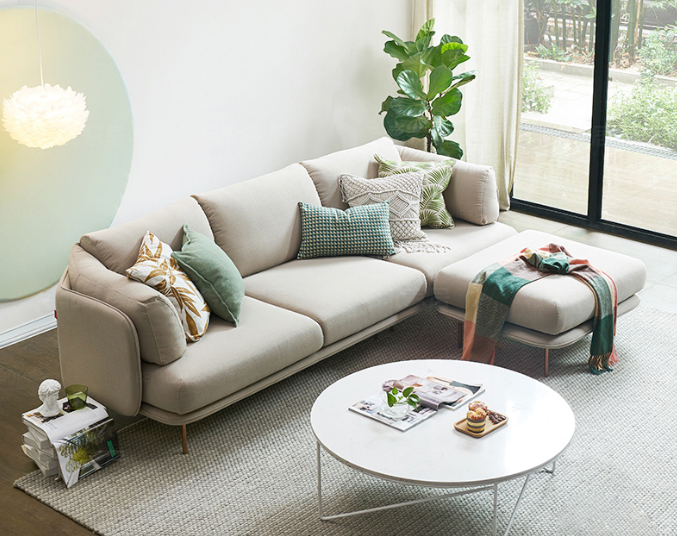
When it comes to interior design, the choices you make in terms of furniture can dramatically influence the mood and atmosphere of your space. One design trend that has gained popularity in recent years is incorporating bright furniture into your interiors. Bright furniture pieces not only add a dash of color and vibrancy but also breathe life into your living spaces. In this article, we’ll explore the versatility of bright furniture and where it fits best in various interior settings.
- Modern Minimalism
Bright furniture works wonders in modern minimalist interiors. The clean lines and neutral color palettes that are characteristic of minimalism provide the perfect backdrop for a pop of color. A bright sofa, armchair, or coffee table can become a focal point in the room, adding a touch of energy to an otherwise subdued space.
- Scandinavian Chic
Scandinavian interior design is known for its simplicity and functionality. The use of bright furniture in this style can create a warm and inviting atmosphere. Soft pastel shades like light blues, pinks, or even lemon yellow can be added through furniture pieces such as chairs, side tables, and cabinets to complement the overall design.
- Bohemian Eclecticism
The eclectic and vibrant nature of bohemian interiors naturally lends itself to bright and colorful furniture. Think bold, patterned upholstery, or intricately painted cabinets. Incorporating bright furniture in a bohemian setting allows you to be creative and mix and match various hues and textures for a rich and lively space.
- Coastal Vibes
If you’re aiming for a coastal or beach-inspired interior, bright furniture can help evoke the feeling of sunny days and ocean breezes. Opt for furniture pieces in shades of white, turquoise, and soft coral to capture the essence of coastal living. A bright, weathered-look coffee table or a beachy, turquoise sofa can be the ideal additions to such interiors.
- Mid-Century Modern
Mid-century modern design often showcases vibrant colors and sleek lines. Bright furniture can enhance the retro charm of these interiors. Iconic designs such as the Eames Lounge Chair in a bold color or a brightly hued accent sideboard can add that touch of mid-century flair to your living space.
- Artistic Expression
For those with a more artistic or eclectic approach to interior design, bright furniture can be an opportunity to showcase your personality. Consider bold and unconventional furniture choices, such as neon-colored chairs, hand-painted tables, or even a rainbow-hued bookshelf. The options are limitless, allowing you to create a truly unique and expressive living space.
- Kids’ and Playful Spaces
Bright furniture is practically a must in children’s rooms and play areas. Vibrant colors, whimsical designs, and playful patterns can make these spaces come alive. From colorful bunk beds to vibrant toy storage, bright furniture fosters a fun and creative environment for kids.

Bright furniture is a versatile and creative way to enhance your interior spaces. Whether you prefer a sleek modern look or a cozy bohemian atmosphere, there is a place for bright furniture in your home. It can serve as a focal point, set a mood, or simply bring a smile to your face. The key is to choose pieces that resonate with your personal style and the ambiance you want to create in each room. So, don’t be afraid to experiment with bright furniture and infuse some color and life into your living spaces.












